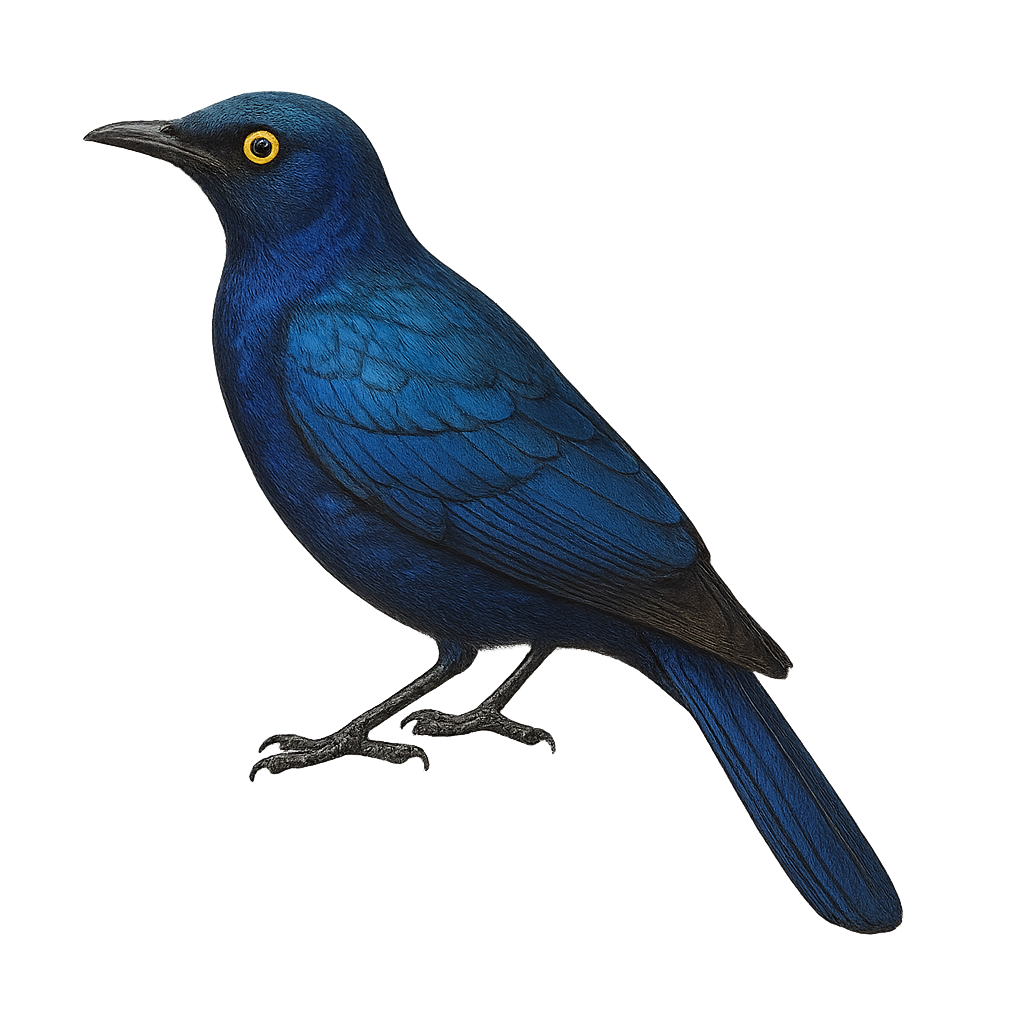Your wildlife photography guide.
Explore the splendid starling in detail, study its behavior, prepare your shots.
Where to observe and photograph the splendid starling in the wild
Learn where and when to spot the splendid starling in the wild, how to identify the species based on distinctive features, and what natural environments it inhabits. The WildlifePhotographer app offers tailored photography tips that reflect the splendid starling’s behavior, helping you capture better wildlife images. Explore the full species profile for key information including description, habitat, active periods, and approach techniques.
Splendid Starling
Scientific name: Lamprotornis splendidus

IUCN Status: Least Concern
Family: STURNIDAE
Group: Birds
Sensitivity to human approach: Tolerant
Minimum approach distance: 10 m
Courtship display: February to March
Incubation: 14-15 jours
Hatchings: February to April
Habitat:
Savannas, open forests, agricultural areas
Activity period :
Primarily active during the day, with peak activity in the morning and late afternoon.
Identification and description:
The Splendid Starling, or Lamprotornis splendidus, is a bird renowned for its iridescent plumage with metallic hues of blue, green, and violet. This medium-sized passerine, measuring about 22 to 24 cm in length, is commonly found in sub-Saharan Africa, particularly in savannas and open forests. Its black beak and yellow eyes stand out against its vibrant feathers. Sociable by nature, it lives in groups and primarily feeds on insects, fruits, and seeds. Its song is melodious, consisting of whistles and trills. The Splendid Starling is a resilient bird, capable of adapting to various environments, allowing it to thrive in diverse habitats.
Recommended lens:
400 mm – adjust based on distance, desired framing (portrait or habitat), and approach conditions.
Photography tips:
To photograph the Splendid Starling, opt for early morning or late afternoon when the light is soft and enhances the metallic sheen of its plumage. Use a telephoto lens of 400mm or more to capture precise details without disturbing the bird. Be patient and discreet, approaching slowly to avoid startling it. A tripod can be useful to stabilize your camera, especially when using a long focal length. Remember to check the exposure to avoid excessive glare on the shiny plumage.
The WildlifePhotographer App is coming soon!
Be the first to explore the best nature spots, track rutting seasons, log your observations, and observe more wildlife.
Already 1 432 wildlife lovers subscribed worldwide

